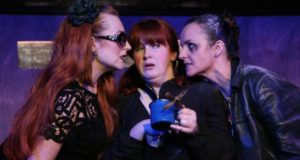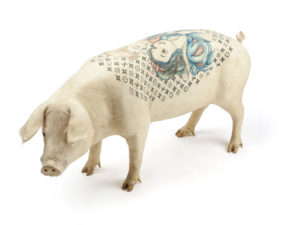I have seen Profundis before and I loved it. I described it as a Kandinsky come to life. Colourful, clever, witty and thoughtful: it is a kaleidoscopic trip into the nature of things. This time, it is slicker, clearer, funnier, more confident in its story-telling, more engaged with its audience. It is less distracted and even more enjoyable. I feel that the dancers are actively seeking our attention and allowing us to show our shock, confusion and joy. It is a delight. I love it still.
Now, The Green House is a difficult thing. Definitely verdant. As a dancer sitting beside me said, dance makes you feel emotions you didn’t know you had. This is an uncomfortable piece. I cannot take my eyes off the green dancer rolling then scrubbing his green apples against his green skirt, picking them up, putting them down, in the bowl, in the sideboard, in the bowl. He is on the furniture, scrubbing his eyes, picked up, put down, on the floor. Hard stuff this.
You see, I got this wrong. I thought it was The Green Room. This made sense of the ON AIR sign and the APPLAUSE. The waiting around to be called. The back of another room on show. The green. I was wrong.
The Green House. Hot, confining, controlling, use the windows, the door, keep it in, shut it out. It is a dance of all of these things. It is disturbing, beautiful, green. There is just enough lightness, there are just enough laughs.
The group pieces are, as always, exquisitely choreographed. Painfully perfect. I would watch this again and again as they go round and round in their green world. I can’t bear it and I can’t leave it alone.
The solos are dervishly wild and tight and someone says to me, how do they learn this, how can they repeat something that looks so improvised, so in the moment, so free? I have no idea.
I reel from this. 43 minutes of green gilded anguish and heartache. I am going to see this again. And again.
Profundis
Creative director: Roy Assaf
The Green House
Creative director: Caroline Finn
Dancers:
Josef Perou
Camille Giraudeau
Matteo Marfoglia
Àngela Boix Duran
Elena Thomas
Ed Myhill
Franklyn Lee
Alexandra Pholien
Oliver Champman
Seen: 29th April, 2017
Where: Sherman Theatre, Cardiff
For tour dates and more information:
http://www.ndcwales.co.uk/en/what-s-on/spring-tour-2017/
Free to attend but please book a space – email megan@ndcwales.co.uk for more info.
…………………………………………………………………………………
To support the National Dance Company Wales, please consider their new Lift Lifft scheme at http://www.ndcwales.co.uk/en/about/support-us/individual-giving/

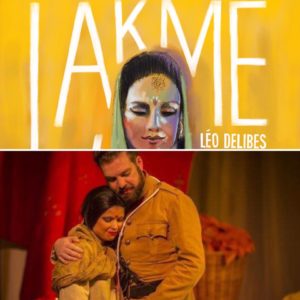
 (4 / 5)
(4 / 5)
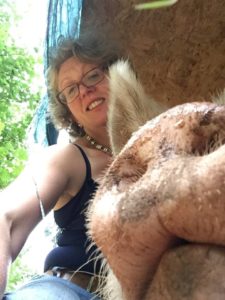
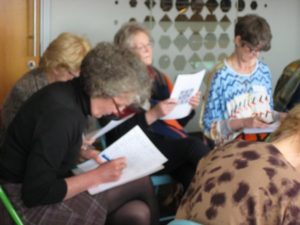




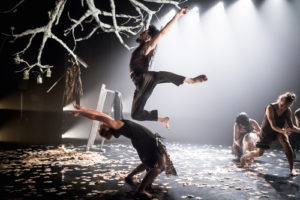
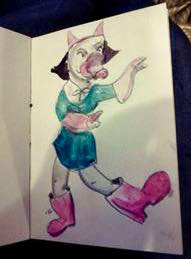
 (3 / 5)
(3 / 5)